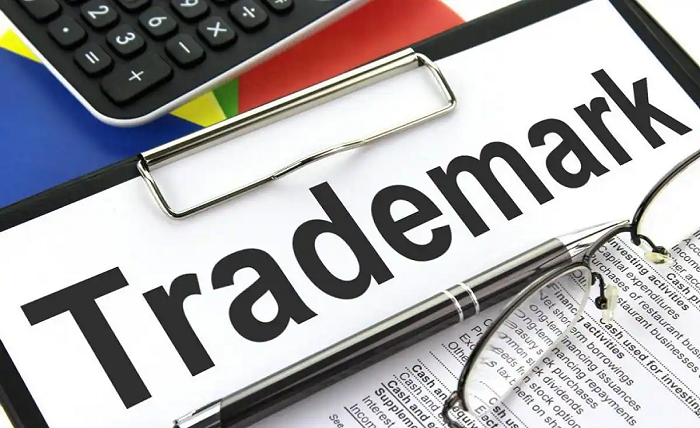Navigating Trademark Oppositions: A Deep Dive into Protecting Your Brand

In the vast ocean of intellectual property, trademarks stand as the beacon guiding businesses through the tumultuous waves of competition. They are the symbols that distinguish one company’s offerings from another, forging a unique identity in the minds of consumers. However, the journey to trademark protection is not always smooth sailing. The waters are rife with challenges, and one formidable obstacle is the trademark opposition process.
Understanding Trademark Opposition
Trademark opposition occurs when one party objects to the registration of another party’s trademark. Think of it as a legal tug-of-war, where each side strives to protect its interests in the vast marketplace. This process typically unfolds after a trademark application has been filed but before it is officially registered.
The Grounds for Opposition
Oppositions can be based on various grounds, but they generally revolve around the potential for confusion or dilution of an existing trademark. The opposer may argue that the proposed mark is too similar to their own, leading to customer confusion. They might also claim that the new mark dilutes the distinctiveness of their established brand.
Other grounds for opposition include the likelihood of deception, the use of a deceptive geographic indication, or the claim that the mark lacks distinctiveness and is too generic. Essentially, it’s about preserving the integrity of the marketplace and ensuring that consumers can make informed decisions.
The Players in Trademark Opposition
On one side, we have the applicant seeking to register a new trademark, eager to carve out a niche in the market. On the other side is the opposer, an entity with an existing trademark who believes that the newcomer’s mark poses a threat to their brand. The process is a legal showdown, and both parties must present their cases before the relevant trademark office.
The Trademark Trial and Appeal Board (TTAB)
In the United States, the battleground for trademark oppositions is often the Trademark Trial and Appeal Board (TTAB), a quasi-judicial body within the United States Patent and Trademark Office (USPTO). This board hears and decides cases related to trademark disputes, including oppositions and cancellations.
The Anatomy of a Trademark Opposition
The opposition process is a meticulous dance between legal arguments, evidence, and deadlines. Let’s break down the key steps involved:
1. Notice of Opposition:
The opposer initiates the process by filing a Notice of Opposition, outlining the grounds for their objection. This document sets the stage for the upcoming legal battle.
2. Answer:
The applicant responds by filing an Answer, presenting counterarguments and evidence to defend their trademark application. This stage is crucial for shaping the narrative and building a strong defense.
3. Discovery:
Much like in a courtroom drama, both parties engage in discovery, exchanging relevant documents and information. This phase allows each side to gather evidence to support their claims.
4. Trial:
The case goes to trial before the TTAB, where both parties present their arguments, witnesses, and evidence. This is the climax of the opposition process, and the TTAB carefully weighs the merits of each side’s case.
5. Decision:
The TTAB issues a decision, either allowing the trademark registration to proceed or refusing it based on the opposition. This decision can be appealed to higher courts, adding another layer to the legal saga.
Strategies for Success
Successfully navigating the trademark opposition process requires a combination of legal prowess and strategic thinking. Here are some key strategies to consider:
1. Comprehensive Trademark Search:
Before filing a trademark application, conduct a thorough search to identify potential conflicts. This preemptive step can help avoid oppositions in the first place. At this stage, hiring a trademark lawyer is highly recommended.
2. Craft a Strong Defense:
When facing an opposition, a robust defense is essential. This involves presenting compelling legal arguments, backed by solid evidence, to counter the opposer’s claims.
3. Negotiation and Settlement:
In some cases, reaching a settlement with the opposer may be a prudent strategy. This could involve modifying the proposed mark or agreeing to certain restrictions to address the concerns raised.
4. Appeal if Necessary:
If the TTAB rules against the applicant, there is the option to appeal the decision to federal courts. This avenue allows for a fresh examination of the case and can lead to a reversal of the TTAB’s decision.
The Global Landscape
Trademark oppositions are not confined to national borders. With businesses operating on a global scale, navigating international trademark laws and opposition proceedings has become increasingly complex. The rise of the Madrid Protocol, which facilitates the international registration of trademarks, adds another layer to the strategic considerations for businesses seeking global protection.
Conclusion
Trademark oppositions are a challenging but integral aspect of safeguarding intellectual property in the competitive marketplace. As businesses strive to establish and protect their brands, understanding the intricacies of the opposition process becomes paramount. It’s a dynamic arena where legal acumen, strategic thinking, and a commitment to brand integrity converge, ensuring that only the strongest and most distinctive marks survive the legal tides.



